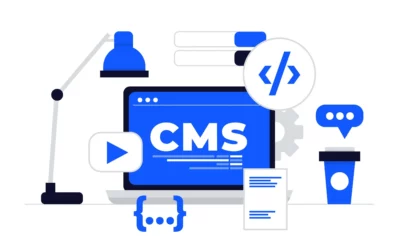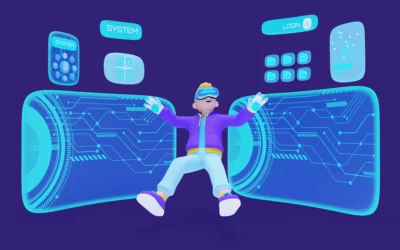Introduction
In the dynamic realm of IT, ensuring the reliability and functionality of software applications is paramount. Layered testing, a systematic approach to testing, has emerged as a key strategy to deliver robust and high-quality software. This blog post will delve into the concept of layered testing, its significance, and how it enhances the overall quality assurance process in the IT domain.
Layered testing, often referred to as tiered testing, involves the systematic organization of testing activities into multiple layers or levels. Each layer serves a specific purpose and contributes to the overall verification and validation process of a software application. The primary goal is to detect and rectify defects at different stages of the software development life cycle, thereby ensuring a more resilient and reliable end product.
The Layers of Layered Testing:
1. Unit Testing:
At the foundation of layered testing, unit testing involves the examination of individual components or modules in isolation.
Developers typically perform unit testing to verify that each unit of code functions as intended.
Automated testing tools are often employed to execute a battery of tests, ensuring the correctness of code at the smallest level.
2. Integration Testing:
Moving up the layers, integration testing focuses on validating the interaction between different units or components.
This layer ensures that the integrated modules collaborate seamlessly, identifying any issues arising from their interactions.
Common integration testing strategies include top-down, bottom-up, and incremental integration.
3. System Testing:
At the system testing layer, the entire software application is tested as a whole.
The goal is to verify that the system meets specified requirements and functions as intended in a real-world environment.
Functional and non-functional testing, including performance and security testing, is often performed at this stage.
4. Acceptance Testing:
The topmost layer, acceptance testing, involves validating the software from the end user’s perspective.
Stakeholders, including clients and end users, participate in this phase to ensure that the application meets business requirements.
User acceptance testing (UAT) is a common form of acceptance testing.
Benefits of Layered Testing:
By addressing issues at various layers, layered testing facilitates the early detection and correction of defects, reducing the cost of fixing issues later in the development cycle.
1. Improved Traceability:
The layered approach provides clear traceability, allowing teams to pinpoint the source of defects and streamline the debugging process.
2. Enhanced Collaboration:
Different teams, including developers, testers, and end users, collaborate at various layers, fostering better communication and understanding of the software’s requirements and functionality.
Layered testing ensures comprehensive test coverage by examining the software at different granularities, from individual units to the entire system.
Conclusion:
In conclusion, layered testing stands as a fundamental strategy for ensuring the quality and reliability of software in the IT landscape. By systematically organizing testing activities into distinct layers, teams can identify and rectify defects at various stages of development, ultimately delivering a more resilient and high-performing end product. As technology continues to evolve, embracing layered testing methodologies becomes increasingly critical for meeting the demands of a dynamic and competitive IT environment.





